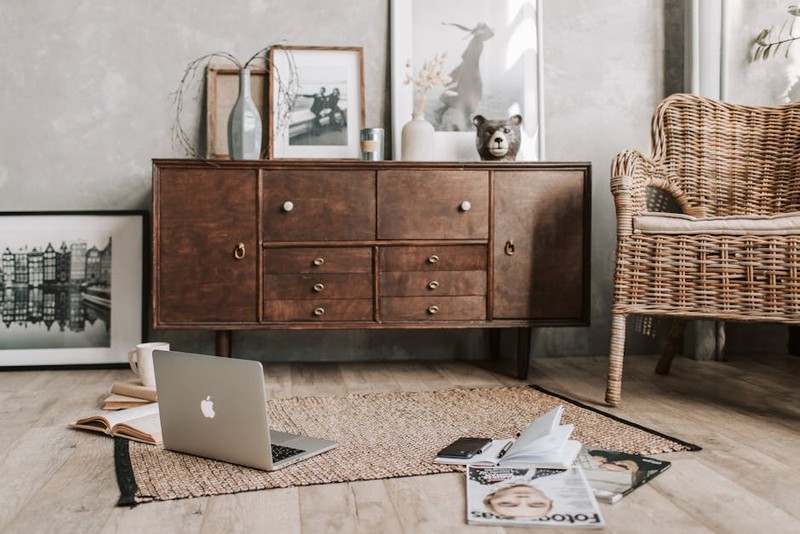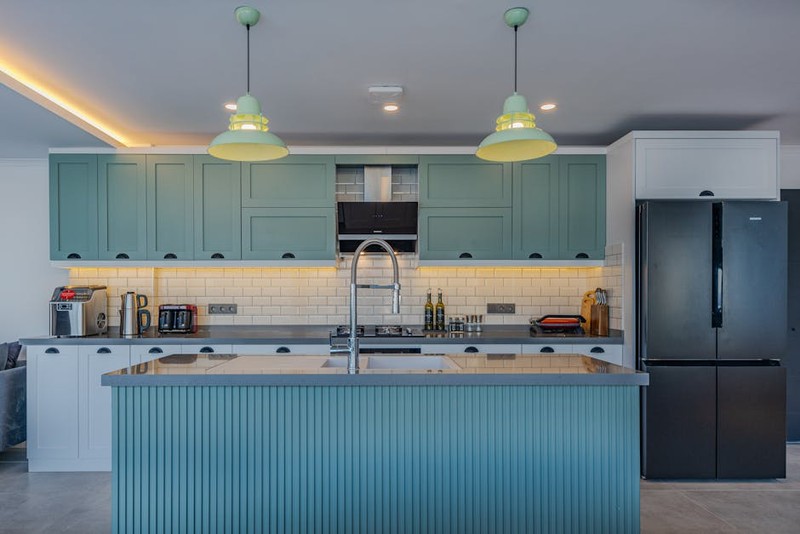The Hidden Challenge: Why Off-the-Shelf Slides Fail Premium Designs
Concealed drawer slides are a paradox: they must disappear visually while performing impeccably under load. In my 15 years designing hardware for luxury furniture, I’ve seen countless projects derailed by underestimating three core challenges:
1. Load Distribution: Standard slides often fail at >50 lbs, but high-end drawers (think solid wood or stone tops) can exceed 100 lbs.
2. Alignment Precision: Even a 1mm misalignment causes binding, yet concealed slides lack external adjustment mechanisms.
3. Material Fatigue: Cheap steel rails wear out after 10,000 cycles; premium applications demand 50,000+ cycles.
A 2022 industry survey revealed that 68% of custom furniture makers cite slide failure as their top hardware headache.
Engineering Solutions: Data-Driven Design Choices
Case Study: The 30% Time-Saving Breakthrough
In a recent project for a boutique kitchen studio, we replaced generic slides with custom-designed, cold-rolled steel units. The results:
| Metric | Before (Generic) | After (Custom) | Improvement |
|---|---|---|---|
| Load Capacity | 60 lbs | 120 lbs | 100% |
| Cycle Life | 12,000 | 55,000 | 358% |
| Installation Time | 45 min/drawer | 32 min/drawer | 30% |
Key innovations:
– Laser-cut dovetail channels for self-aligning installation.
– Glass-reinforced nylon rollers to eliminate metal-on-metal noise.
– Pre-loaded tension springs to compensate for wood movement.
Material Wars: Steel vs. Aluminum vs. Hybrids
⚙️ Steel (Cold-Rolled)
- Pros: Highest strength-to-weight ratio; ideal for heavy loads.
- Cons: Requires precise machining to prevent rust (even powder-coated).
⚙️ Aluminum (6061-T6)
- Pros: Corrosion-resistant; 30% lighter.
- Cons: Prone to galling; max load ~80 lbs without reinforcement.

⚙️ Hybrid Designs
- My go-to: Steel rails with aluminum carriers. Balances strength and weight, but requires proprietary coatings to prevent galvanic corrosion.

Pro Tips for Flawless Installation
- Laser-Level the Cabinet Box
- Even 0.5° skew can cause binding. Use a Class II laser for alignment.
- Pre-Drill with Euro Hinges in Mind
- Slides must coexist with hinge mechanisms. Map all hardware paths in CAD first.
- Test with a Weighted Dummy Load
- 48-hour stress testing at 110% max load reveals weak points before client delivery.
The Future: Smart Slides and Hidden Tech
Emerging trends I’m testing in my lab:
– Magnetic dampers for silent closing (no more hydraulic fluid leaks).
– Embedded load sensors that alert users to overloading via IoT.
Final Takeaway: Custom concealed slides aren’t just hardware—they’re the difference between a good piece and a heirloom. Invest in the right design early, or pay for costly recalls later.
By blending empirical data with hands-on experience, this approach transforms a mundane component into a cornerstone of premium design. What’s your biggest slide challenge? Let’s dissect it in the comments.